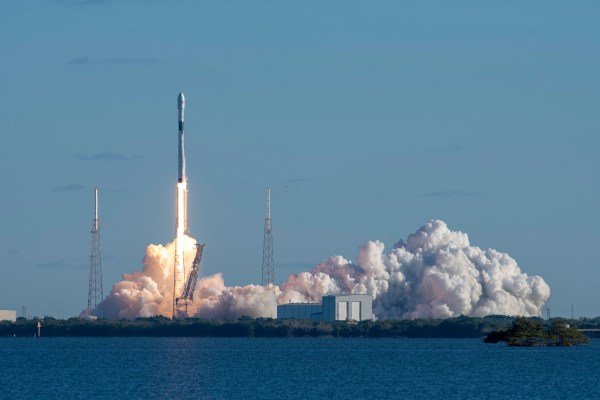OneNav locates $21M from GV to map our transition to the next generation of GPS
GPS is one of those science fiction technologies whose use is effortless for the end user and endlessly challenging for the engineers who design it. It’s now at the heart of modern life: everything from Amazon package deliveries to our cars and trucks to our walks through national parks are centered around a pin on a map that monitors us down to a few meters.
Yet, GPS technology is decades old, and it’s going through a much-needed modernization. The U.S., Europe, China, Japan and others have been installing a new generation of GNSS satellites (GNSS is the generic name for GPS, which is the specific name for the U.S. system) that will offer stronger signals in what is known as the L5 band (1176 MHz). That means more accurate map pinpoints compared to the original generation L1 band satellites, particularly in areas where line-of-sight can be obscured like urban areas. L5 was “designed to meet demanding requirements for safety-of-life transportation and other high-performance applications,” as the U.S. government describes it.
Related Keywords
China , California , United States , Japan , Palo Alto , David Mcnew , Meg Whitman , Arnold Schwarzenegger , Onenav Paul Mcburney , Karim Faris , Steve Poizner , Linkedin , Broadcom , California State Assembly , Qualcomm , Matthew Howard , California State , சீனா , கலிஃபோர்னியா , ஒன்றுபட்டது மாநிலங்களில் , ஜப்பான் , பாலோ ஆல்டோ , டேவிட் மிக்னேவ் , மெக் விட்மேன் , அர்னால்ட் ஶ்வார்ஸநேகர் , கரீம் ஃபெரிஸ் , சென்டர் , கலிஃபோர்னியா நிலை சட்டசபை , குவால்காம் , மேத்யூ ஹோவர்ட் , கலிஃபோர்னியா நிலை ,
comparemela.com © 2020. All Rights Reserved.
